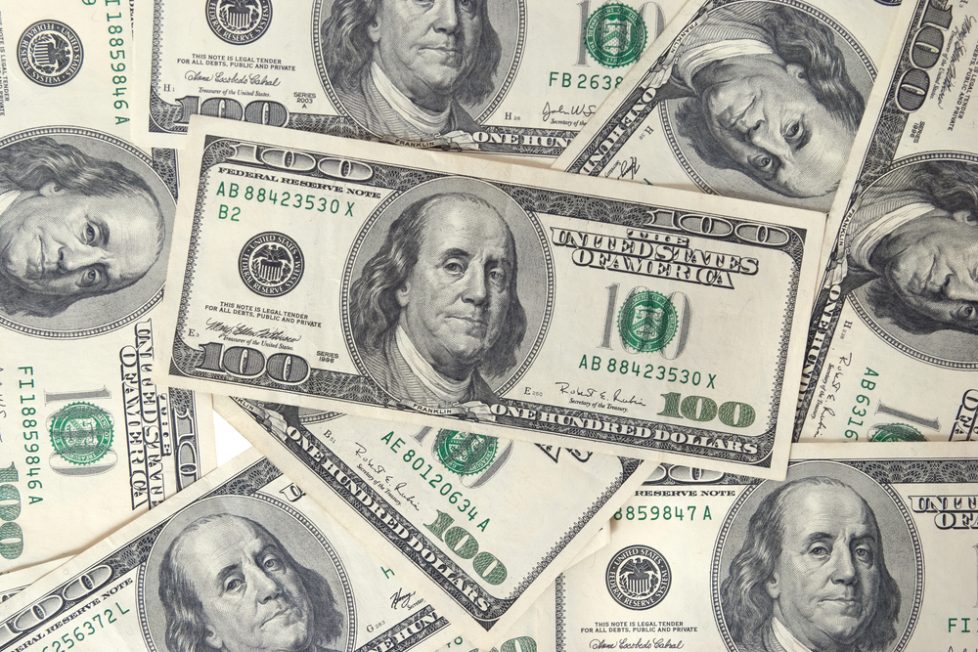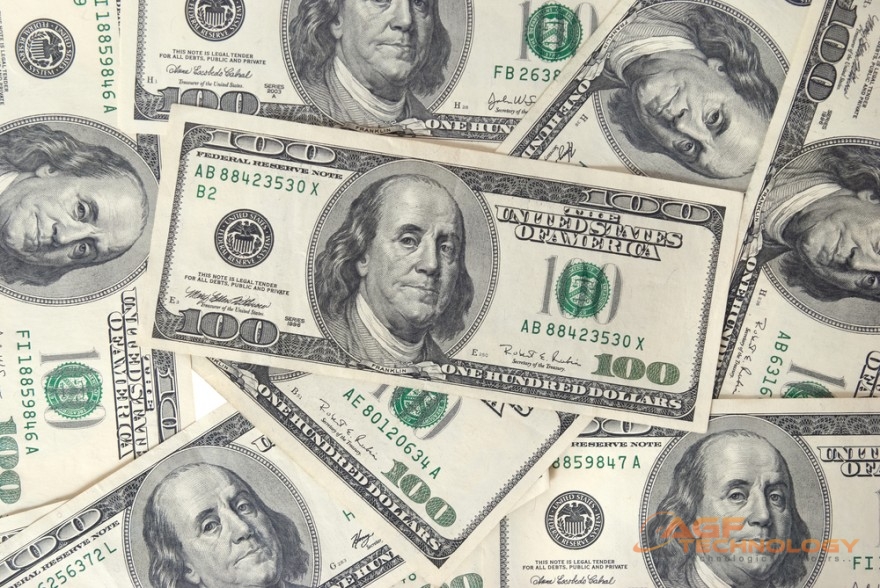3 Types Of Loans To Avoid

A loan, in simple terms, is the borrowing of money in exchange of interest. After a certain period of time, the total amount of money must be paid back. The interest is a certain percentage of the amount borrowed. Depending on the lender and the type of loans you have availed, the calculation of the interest rate due will differ from each other.
Loans are unavoidable in every economy. They are essential to both banks and businesses. Loans are important for banks because that is how they make profit. Using the money that their clients have stored in their accounts, banks are entitled to pay their clients interest. On the other hand, businesses need loans in order for them for start-up, or to maintain operations. In this case, the businesses pay the interest to the banks. Businesses will need large amounts of money for their start-up and expansion. Without loans, there will be less progress in the economy.

Loans have got to be monitored closely, because it is easy to lose track of debt accumulation. The amount of interest on a loan can creep up on anyone; even those who are financially well off. Business loans, on the other hand, simply because the firm is not earning enough to pay off its debts.
Nobody wants to carry the financial burden of owing a large amount of money. According to this trustworthy site, the following are some types of loans that everyone should avoid, or be careful of.
This are small sized and short termed loans that amount to around $100 – $1,000, depending on how much your monthly pay can handle. A lender will be given a post dated check. The amount on the check includes the initial amount borrowed and interest. This check will be available on the borrower’s PD. The borrower is obligated to return the lender’s money on PD itself. If the borrower does not show up with the cash on PD, the lender will turn the check in for cash. The lender gets paid without worries.
The large interest rates in these loans come in when the borrower asks for an extension. The lender will allow it, but with a raised interest rate. Since the amount borrowed is small, the interest may sound small and reasonable even though it isn’t. A typical PD borrower is charged about $15 of a $100 loan. Calculating, this is an equivalent of 400% annual percentage rate.
These loans involve a property that is in held by the pawnshop as collateral for the amount borrowed. Depending on state regulations, the interest rate might vary from 2% to 25%. The length of these loans is usually 1 to 3 months. The property that is held by the pawnshop will be sold in case the borrower is incapable of paying back the loan. Once beyond the grace period, a borrower will not be able to claim his/her property despite any partial payments done before.
Instead of properties, these loans are secured by a car’s title. Based on the value of the borrower’s car, the lender will determine how big a loan the borrower can receive. A title loan can go for as low as $250 or as high as $10,000. The real danger about these loans is that once the borrower fails to make a single payment, the lender has the right to repossess the car.
